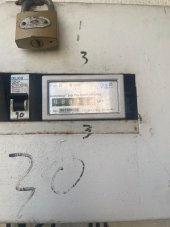Hedges
I See Electromagnetic Fields!
- Joined
- Mar 28, 2020
- Messages
- 20,660
What kind of batteries? How deep do they cycle and how often?I want to put in an automatic switch DC to AC grid when the batteries get too low...
If you deep cycle lead-acid batteries every night, their lifespan could be reduced from 10 years to 2 years (or other figures depending on exact type.) In this case having a regulated DC voltage source (probably through a diode) or battery charger settings that stays off when PV keeps batteries higher could extend life, save cycling for times of AC power failure.
If lithium, may be OK for a decade of such cycling.



